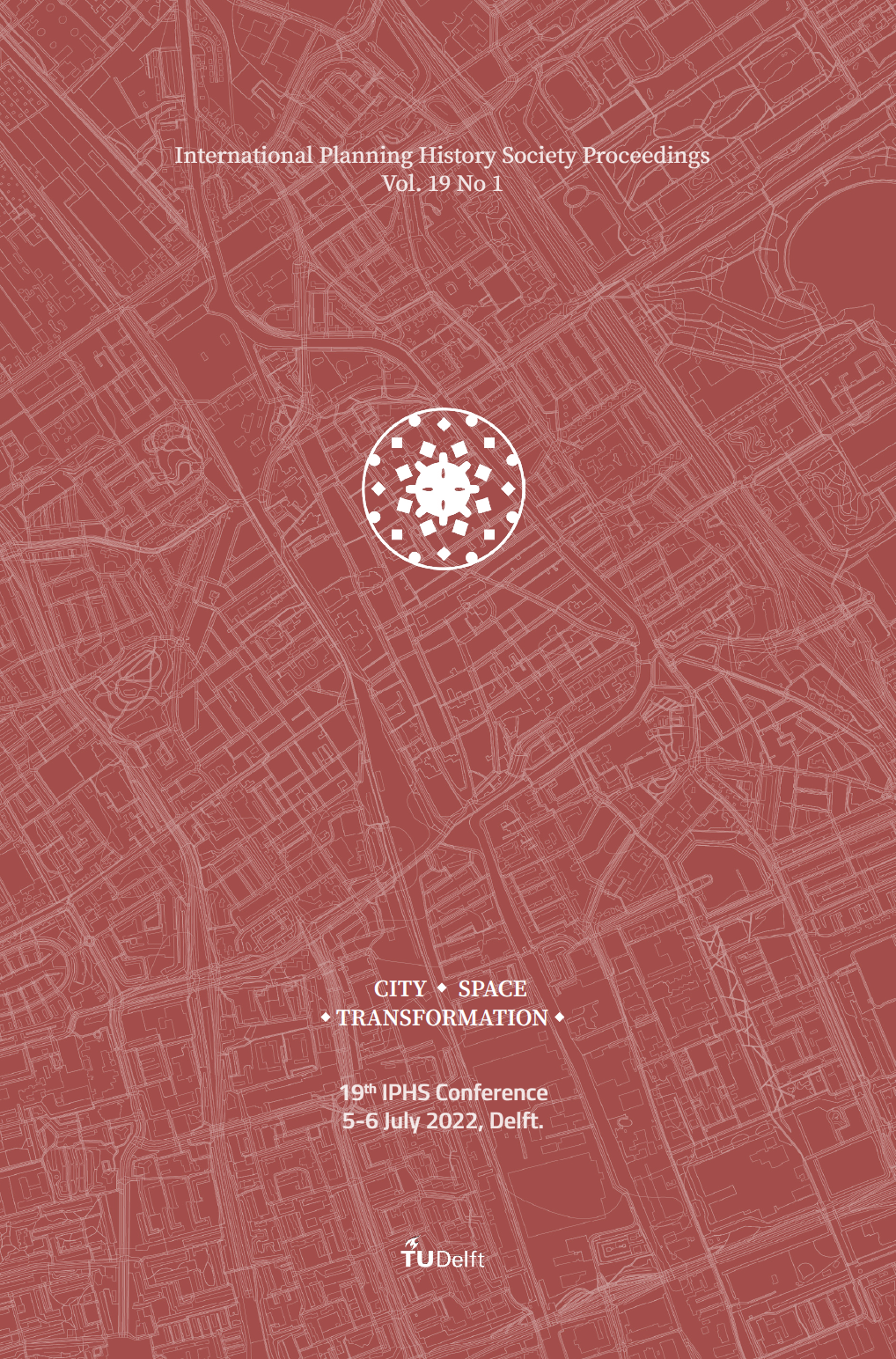Between Tradition and Modernity
Western urban planning and street improvement projects in Hankou (1889-1937)
DOI:
https://doi.org/10.7480/iphs.2022.1.6473Abstract
This article examines street improvement projects in Hankou's case for unearthing the contribution of Chinese political elites and planers in exchanging planning concepts and technologies from the West to China. Aiming to realize the Modern Metropolis, which Sun Yat-sen proposed in the fundamentals of national reconstruction, Chinese political elites and planers selected, borrowed, and imported western planning ideas to transform traditional Hankou city by implementing street improvement projects. Using the case of street improvement of Hankou during the Late Qing period(1889-1911), Early Republic China period(1911-1926), and Municipal Government period(1926-1937) as case studies, this article examines street improvement projects which authorities developed for Hankou in three different periods. By analyzing planning concepts, street plans(both realized and planned), and management regulations of these projects, the paper argues that improvement projects aimed to develop economic and industrial and improve public hygiene. Furthermore, the Chinese political and planning elites imported European and American design principles and practiced them in the Hankou local context for their own needs. In conclusion, the built environment showed hybridization features after implementing continuous planning schemes.
Downloads
Published
How to Cite
Issue
Section
License
Copyright (c) 2022 Xiaogeng Ren, Baihao Li, Carola Hein

This work is licensed under a Creative Commons Attribution 4.0 International License.

